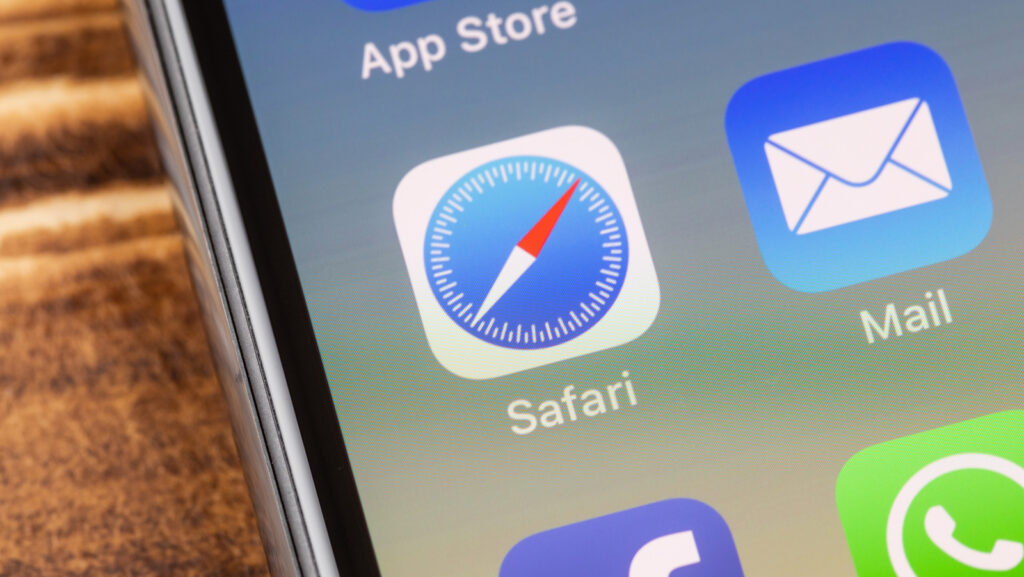In the world of cybersecurity, new threats emerge every day, and one that has recently been causing havoc is the /Safieuwipm4 malware. This malicious software can infiltrate your system undetected and wreak havoc on your computer’s performance, stealing sensitive information in the process. As this malware continues to spread across networks worldwide, it’s important to understand what it is, how it works, and how you can protect yourself from its harmful effects. In this blog post, we’ll cover everything you need to know about /Safieuwipm4 malware so that you can keep your systems safe from harm.
What is /Safieuwipm4 Malware?
/Safieuwipm4 malware, also known as the Safely Filed virus, is a type of malicious software that infects computers and networks. This malware can spread easily through different sources such as infected email attachments, fake software updates, or downloads from untrusted websites.
Once it infiltrates your system, /Safieuwipm4 virus creates multiple files which are designed to mask its presence on your computer. It then proceeds to steal sensitive information such as usernames and passwords for online accounts or credit card details used during online transactions.
What makes this malware particularly dangerous is its ability to self-replicate and spread quickly within a network. As more systems become infected, the damage caused by /Safieuwipm4 increases exponentially.
If you suspect that your computer has been infected with /Safieuwipm4 Malware, it’s important to act fast to minimize the damage caused.
How does /Safieuwipm4 Malware work?
/Safieuwipm4 Malware is a type of malicious software that targets computers and mobile devices. It’s often spread through phishing emails or infected websites. Once it infects a device, the malware can run in the background without the user’s knowledge.
The primary purpose of /Safieuwipm4 Malware is to steal sensitive information from the infected device, such as usernames, passwords, credit card numbers, and other personal data. The malware achieves this by logging keystrokes made on the affected device or by taking screenshots of sensitive information.
Another way /Safieuwipm4 Malware works is by giving attackers remote access to infected devices. This allows them to take control of an infected computer or mobile phone and use it for various illegal activities like sending spam messages, launching DDoS attacks or even stealing more valuable data.
/Safieuwipm4 Malware also has worm-like capabilities that allow it to self-replicate across networks and infect other devices connected to the same network. This makes it particularly dangerous since an infection on one device can quickly spread across entire organizations if proper security measures are not in place.
To protect yourself against /Safieuwipm4 Malware, it’s crucial always to keep your antivirus software up-to-date and avoid downloading files from untrusted sources. Furthermore, be wary of unsolicited emails containing links or attachments and never enter sensitive information into suspicious-looking websites or pop-up windows.
How to protect yourself from /Safieuwipm4 Malware
Protecting yourself from /Safieuwipm4 Malware is crucial to prevent your sensitive data from being compromised. Here are some tips to keep in mind:
First, make sure that your operating system and all applications are up-to-date with the latest security patches. This will help prevent vulnerabilities that malware can exploit.
Secondly, avoid downloading and installing software or files from untrusted sources. Only download files from reputable websites and verify their authenticity before executing them.
Thirdly, use a reliable antivirus program and keep it updated regularly to protect against known threats like /Safieuwipm4 Malware.
Fourthly, be wary of suspicious emails or messages containing links or attachments – these could be phishing attempts designed to trick you into downloading malware onto your device.
Back up your important data regularly so that if you do fall victim to /Safieuwipm4 Malware or any other type of attack, you won’t lose everything. By following these simple steps, you can significantly reduce the risk of falling prey to this dangerous malware.
What to do if you are infected with /Safieuwipm4 Malware
If you suspect that your device has been infected with /Safieuwipm4 Malware, it’s important to act quickly to prevent any further damage. The first step is to disconnect the infected device from all networks and the internet. This will help contain the malware and prevent it from spreading to other devices on the network.
Next, run a full scan of your device using reputable anti-malware software. Make sure that your antivirus software is up-to-date and capable of detecting and removing /Safieuwipm4 Malware. If the malware is detected, follow the instructions provided by your antivirus software for removal.
It’s also recommended that you change all passwords associated with accounts on the infected device and enable two-factor authentication wherever possible. This can help prevent unauthorized access even if your login credentials have been compromised.
If you’re unable to remove /Safieuwipm4 Malware yourself or are unsure how to proceed, seek assistance from a professional IT security service or contact customer support for your antivirus software provider.
Remember: swift action is crucial when dealing with malware infections!
Conclusion
The /Safieuwipm4 Malware is a dangerous threat that can compromise your personal and financial information. It’s important to take steps to protect yourself from this type of malware by keeping your software updated, avoiding suspicious websites and emails, and using anti-virus software.
If you suspect that you have been infected with /Safieuwipm4 Malware or any other type of malware, it’s crucial to act quickly. Disconnect your device from the internet immediately and seek professional help if necessary.
By staying vigilant and taking proactive measures to secure your devices, you can greatly reduce the risk of falling victim to malware attacks like /Safieuwipm4. Stay safe online!
